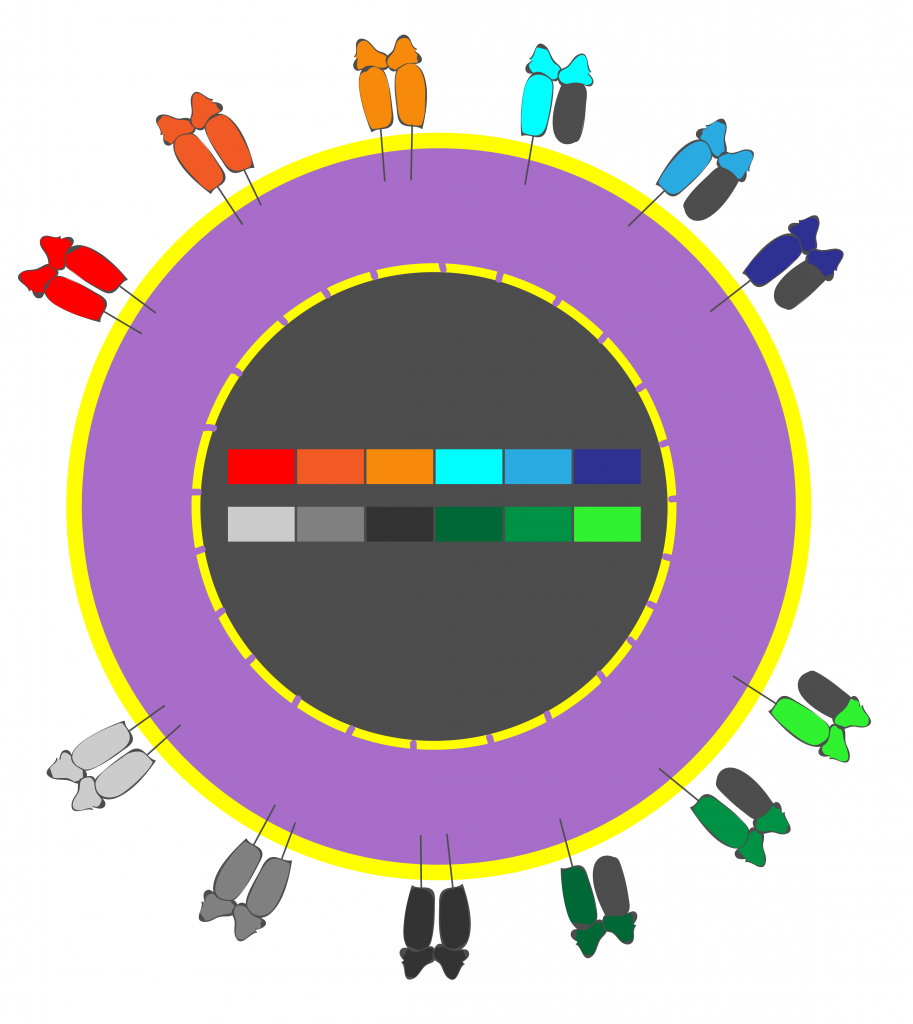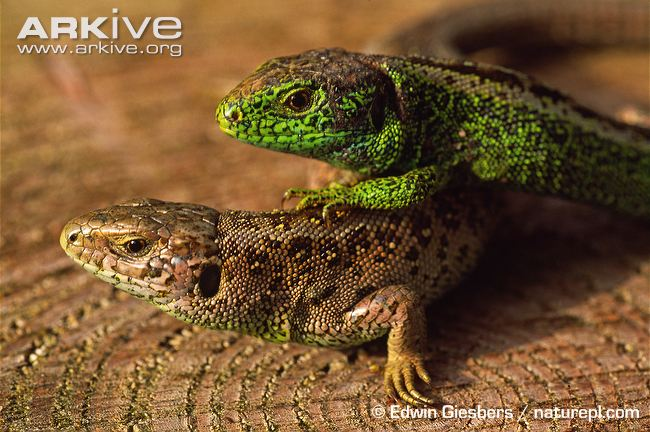7.6 Major Histocompatibility Complex (MHC) Proteins
Scientists studying mate choice, offspring diversity, and pathogen avoidance often find themselves investigating a class of proteins called the Major Histocompatibility Complex, or MHC. MHC proteins are an important part of the vertebrate immune system. MHC proteins help a body recognize a potential pathogen and mount an immune response against the pathogen. The variety of MHC proteins an individual has determines the variety of antigens (foreign molecules) to which he or she can respond. Thus, greater diversity of MHC proteins should lead to a stronger immune system and greater avoidance of pathogens (See Box: Know your pathogens).
MHC proteins are the result of MHC genes, themselves an extremely diverse part of vertebrate genomes. For example, humans have over 100 MHC genes, spanning over three million bases on chromosome six. Over half of these genes are known to have an immune function. In addition, MHC genes are polymorphic (they have several possible alleles at each gene) and codominant (whereby each allele at each gene is expressed). Thus, parents can increase diversity in their offspring by choosing mates with different MHC alleles (figure 7.12). This preference for distinct MHC genotypes has been observed in mice, rats, sand lizards, and humans.

Paternity in sand lizards
Female sand lizards (figure 7.13) mate indiscriminately —that is, they seem to be willing to mate with any male who presents himself. One might expect with this type of mating strategy that the paternity of her offspring would be random among the males she has mated with. However, this is not the case. Rather, the male that differs the most from the female at MHC alleles has the highest chance of fathering baby sand lizards.

Some have speculated that however promiscuous the sand lizard is, her reproductive tract is more discriminating; in other words, selection for genetically dissimilar sperm occurs within the female sand lizard reproductive tract.
Even stranger, when a female sand lizard mates with two males, the second male adjusts the amount of sperm-bearing semen he ejaculates. Specifically, the second male appears to evaluate the degree of MHC-relatedness between the previous male and the female. If the first male is similar to the female, the second male has a larger ejaculate than if the first male is less similar to the female. This suggests that not only can the female sand lizard detect and discriminate based on MHC similarity, but a sand lizard male can detect the MHC type of the previous mate and adjust his ejaculate accordingly.
But how does he “know”? Key to many studies of MHC-related mate choices is a sense of smell. Apparently, many vertebrates (such as birds, fish, and mammals) can detect MHC complementarity using scent. Sand lizards are no exception; in fact, a characteristic of sand lizard mating is the male’s tendency to sniff the female’s genitalia prior to copulation. This behavior makes sense if the male can sniff out important information about rival males. After all, this information may ultimately increase his fitness.

